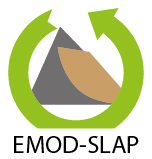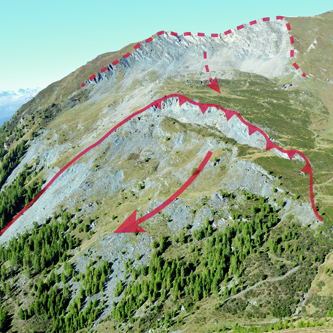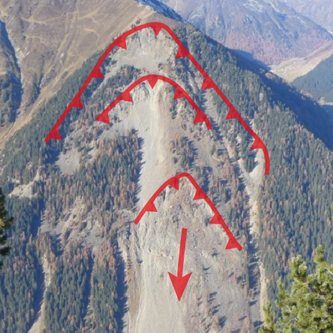Project EMOD-SLAP
Extending the integrated Monitoring Of Deep-Seated Landslide Activity into the Past

|
|
In densely populated mountain regions deep-seated landslides pose an imminent threat to settlements, infrastructure and agriculture. In recent years several incidents in the alpine region attest the relevance of an area-wide monitoring the movement of mountain slopes. In a previous research project, the deep-seated Reissenschuh landslide located in the Schmirn valley (Tyrol, Austria) was monitored from June 2016 to October 2018 by means of laser scanning and point measurements using a differential global navigation satellite system (DGNSS). During the monitoring campaign the landslide showed mean displacements of 0.6 m per year with sub-units moving up to 1.2 m per year. The spatial extent and displacement pattern of the active landslide were investigated in detail. However, it remained unclear whether the landslide movement rate remained constant over the observed period, since the time series were too short. A look back into the past could answer this pressing question. Recent advances in photogrammetry and computational capacity allow to re-assess existing historical aerial imagery and to generate 3D point clouds representing the contemporary topography. With the help of these data, the existing monitoring time series could be extended into the past to better assess the temporal behaviour of the Reissenschuh landslide. The aims of the project EMOD-SLAP are to
|
 |
 |
|
|
|
back to main page